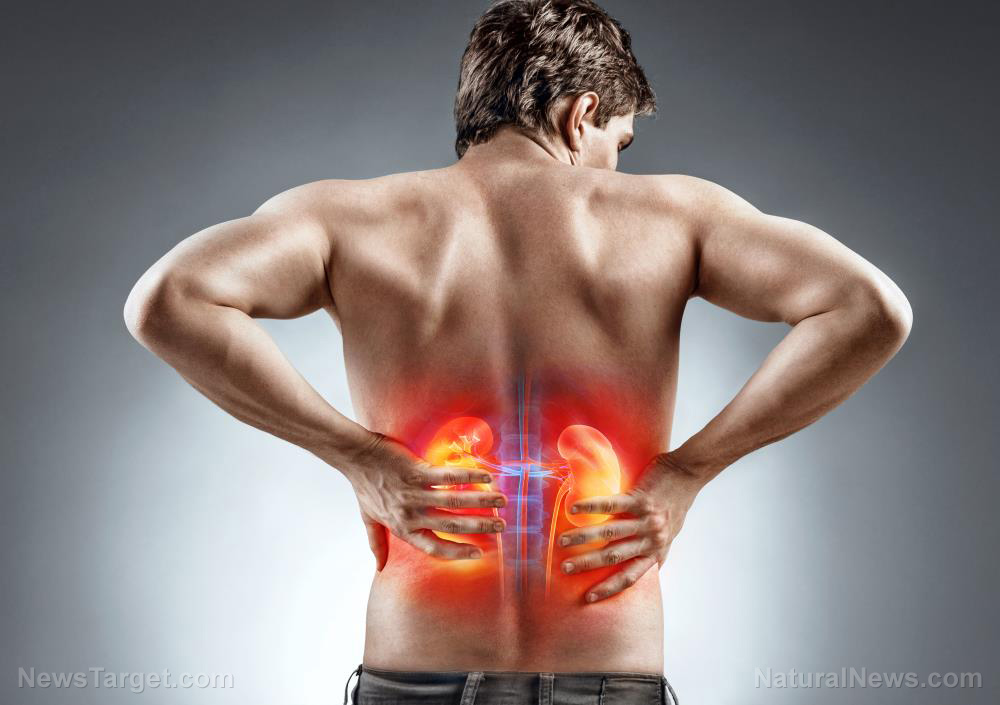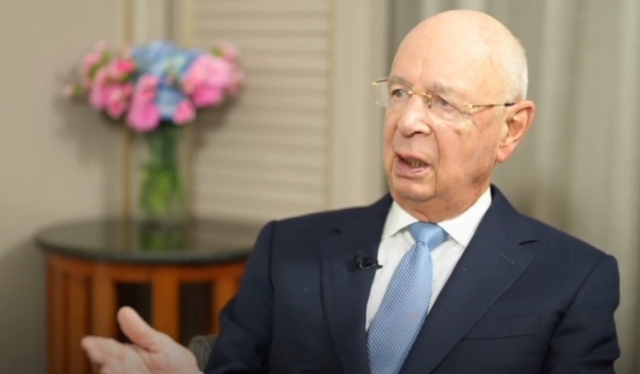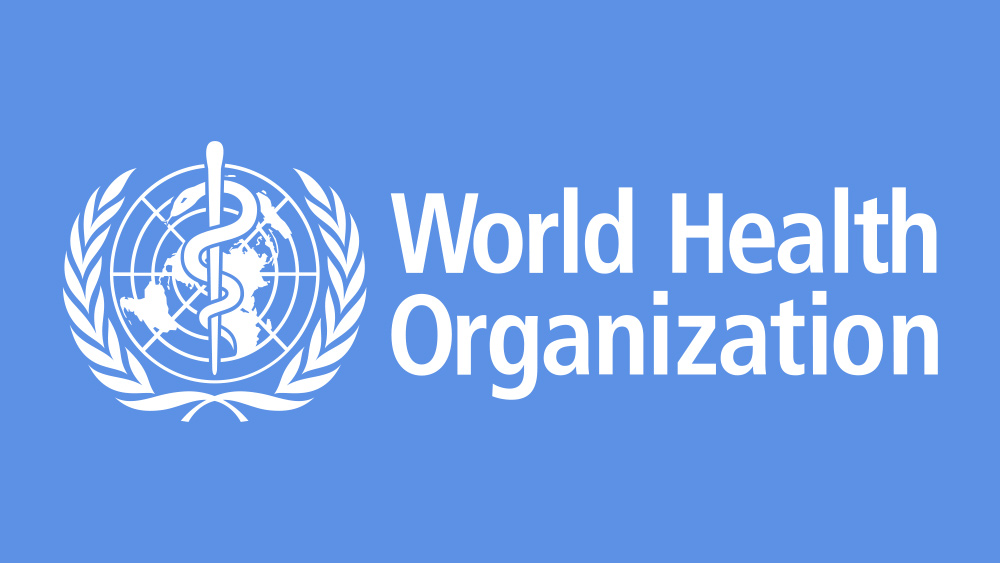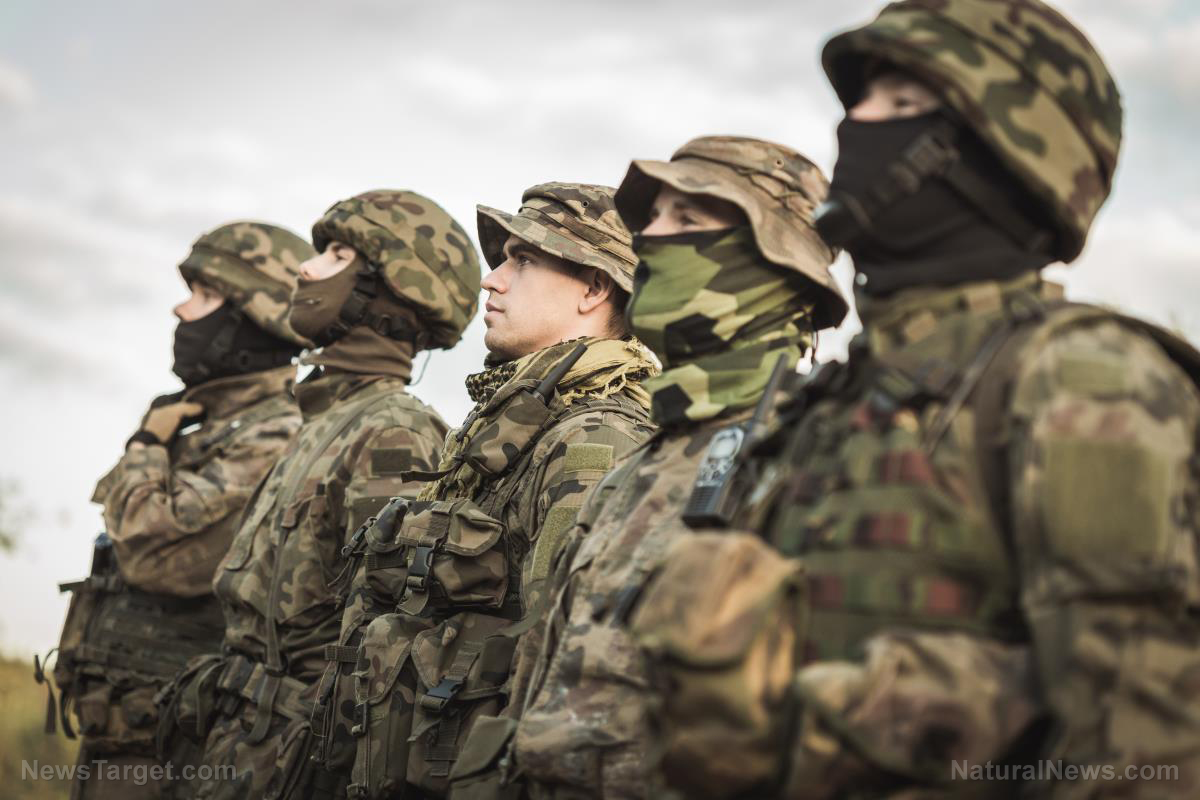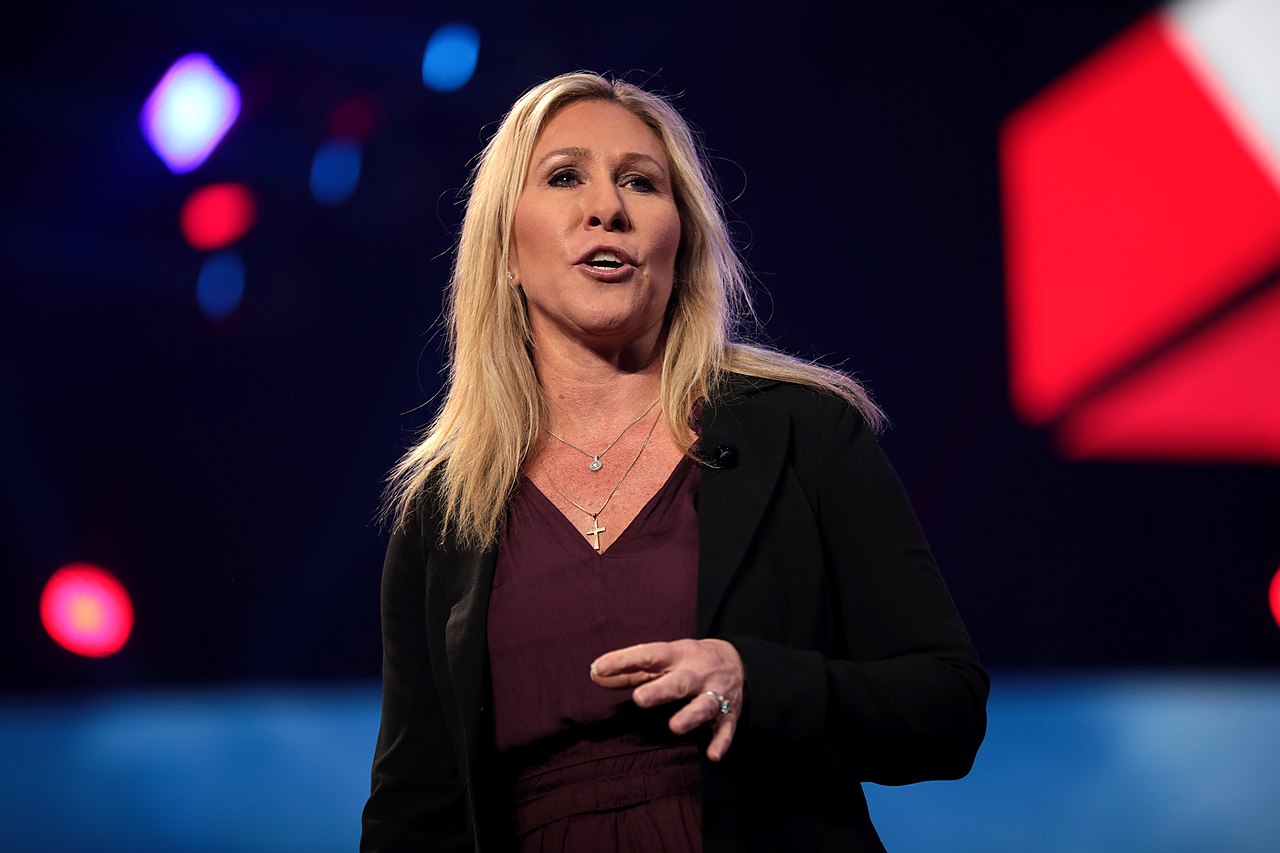Report reveals Canada EUTHANIZED an average of 36 people DAILY throughout 2022
12/01/2023 / By Zoey Sky

A report has revealed that Canada is now seeing an average of 36 citizens being euthanized by the government daily, thanks to its liberal euthanasia laws.
According to Health Canada‘s recent report on government-assisted suicide, euthanasia made up 4.1 percent of deaths nationwide last year – a significant increase from 3.3 percent in 2021. The 2022 report on Medical Assistance in Dying (MAID), which was released last October, revealed that euthanasia has claimed the lives of an estimated 45,000 Canadians since it was legalized in 2016.
Some 1,018 Canadians elected to die via government-assisted suicide in 2016. By 2022, that figure had skyrocketed to an alarming 13,241. This means an average of 36 people were euthanized per day in Canada last year. It also means that there has been an average yearly growth rate of 31.1 percent since 2019.
According to data, at least 81 percent of written requests for MAID were granted. But of the remaining 19 percent, only 3.5 percent of applicants were considered ineligible for MAID, a number which has been declining since 2019.
Many people denied government-assisted suicide were refused because of a lack of patient capacity, but they would have otherwise been euthanized if there were enough beds available.
Quebec and British Columbia have the highest rates of euthanasia
According to the Association for Reformed Political Action Canada (ARPA Canada), Quebec and British Columbia have the highest rates of euthanasia, constituting 6.6 percent and 5.5 percent of all deaths in those provinces, respectively.
Meanwhile, Newfoundland and Labrador and Manitoba have the lowest rates, with euthanasia accounting for only 1.5 percent and 2.1 percent of all deaths, respectively. (Related: Health agency in Canada’s British Columbia province includes PRO-EUTHANASIA slideshow in pension packages for the elderly.)
According to Health Canada, in order to be eligible for MAID, a person must experience “intolerable physical or psychological suffering that is caused by their medical condition or their state of decline and that cannot be relieved under conditions that the individual finds acceptable.”
A survey of MAID recipients has shown that the main source of their “intolerable suffering” is the “loss of [their] ability to engage in meaningful life activities,” with 86 percent of the respondents experiencing this. At least 82 percent reported that they have lost the ability to perform activities of daily living (ADL).
Additionally, those surveyed were able to select more than one option, making the total exceed 100 percent. Life advocate Amanda Achtman said that this confirms that “euthanasia is mainly [an] existential issue, not a pain-management or medical one.”
Experts: Mental illness alone should not be a criterion for assisted death
By March 17, 2024, people with mental illness as their sole underlying medical condition will be eligible for MAID. However, some health experts argue that mental illness alone should not be a criterion for assisted death.
Sonu Gaind, the chief psychiatrist at Toronto’s Sunnybrook Health Sciences Centre, explained that it can sometimes be difficult to determine whether a mental illness is truly irremediable, as the law requires, and to differentiate between pathological suicidality and a rational desire to die.
Gaind added that even health experts don’t fully understand the biology of most mental illnesses.
Meanwhile, activists have warned that Canada’s expansion of assisted death puts individuals with intellectual and physical disabilities, low incomes or other vulnerabilities at risk.
In an interview, Michelle Hewitt, co-chair of the advocacy group Disability Without Poverty, cited as an example the widely reported case of Sean Tagert, a British Columbia man diagnosed with amyotrophic lateral sclerosis (ALS) or Lou Gehrig’s disease. Tagert opted for medically assisted death in 2019 after he struggled to get 24-hour care.
Tagert was very clear on what he wanted, which was more care hours at home. When he was told that he would have to move to a care facility away from his family, especially his young son, he opted for MAID.
According to heartbreaking social media posts by Tagert’s family, finding care was “a constant struggle and source of stress” for Tagert.
As of 2022 and early 2023, reports reveal that military veterans have also been offered government-assisted suicide by Veterans Affairs officials.
In one case, a Canadian Forces veteran seeking treatment for post-traumatic stress disorder (PTSD) and traumatic brain injury was shocked when he was offered MAID by a Veterans Affairs Canada (VAC) employee. Several sources confirmed that the combat veteran never raised the issue nor asked about MAID and was “deeply disturbed by the suggestion.”
While there have been follow-up calls from the agency, who wanted to apologize to the veteran, sources say the calls only took place after the veteran filed several complaints with the VAC.
In a statement, the VAC acknowledged that its employee discussed MAID with the veteran inappropriately. The agency is currently investigating the incident and will conduct “appropriate administrative action.”
However, the VAC declined to discuss the nature of the ongoing investigation or the specifics of what consequences the employee might face due to privacy concerns.
The department has also declined to answer questions about how many times assisted dying has been offered to veterans through its employees, or what guidance these employees have been given about providing such shocking “advice.”
Watch the video below as Canada seeks to legalize euthanasia for drug addicts.
This video is from The Absolute Truth w/ Emerald channel on Brighteon.com.
More related stories:
Canada attempting to expand EUTHANASIA program to allow assisted suicide of the mentally ill.
Canada expands euthanasia “mercy” killing to ensnare society’s most vulnerable, including children.
Sources include:
Submit a correction >>
Tagged Under:
This article may contain statements that reflect the opinion of the author
RECENT NEWS & ARTICLES
BadMedicine.News is a fact-based public education website published by BadMedicine News Features, LLC.
All content copyright © 2019 by BadMedicine News Features, LLC.
Contact Us with Tips or Corrections
All trademarks, registered trademarks and servicemarks mentioned on this site are the property of their respective owners.









